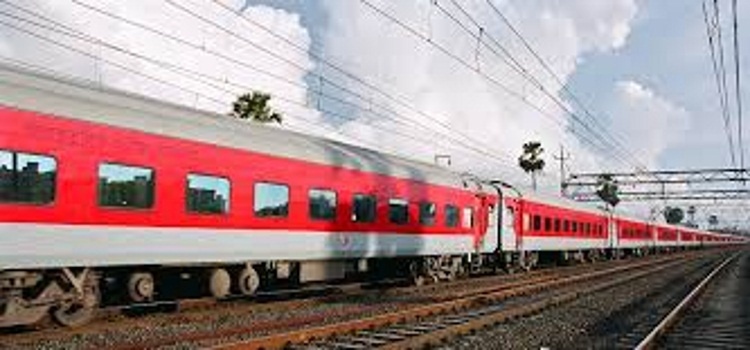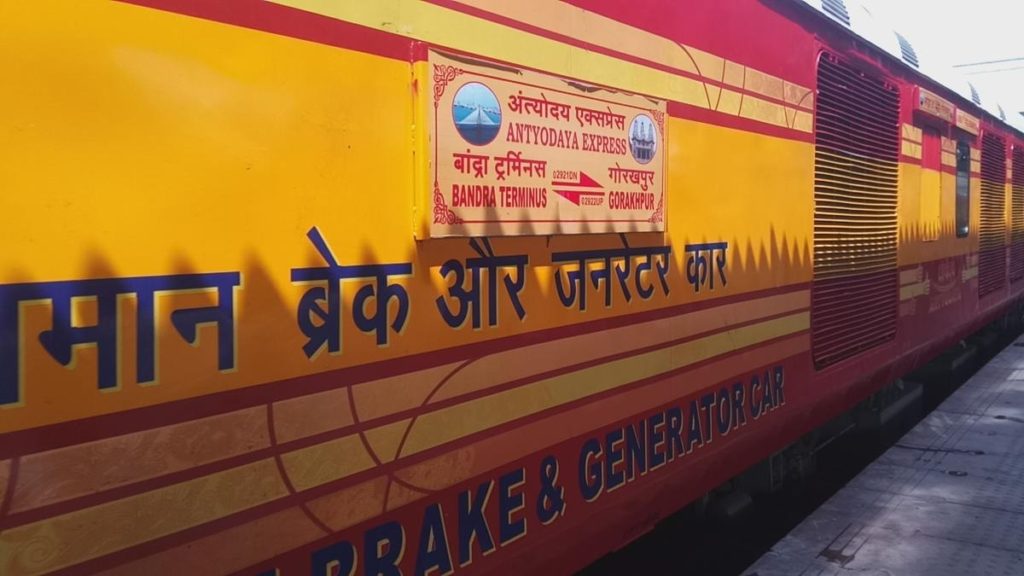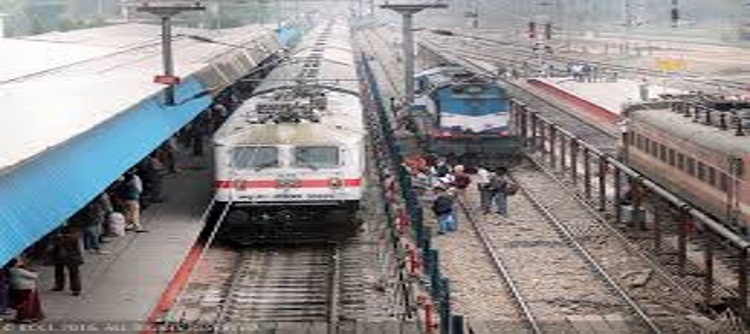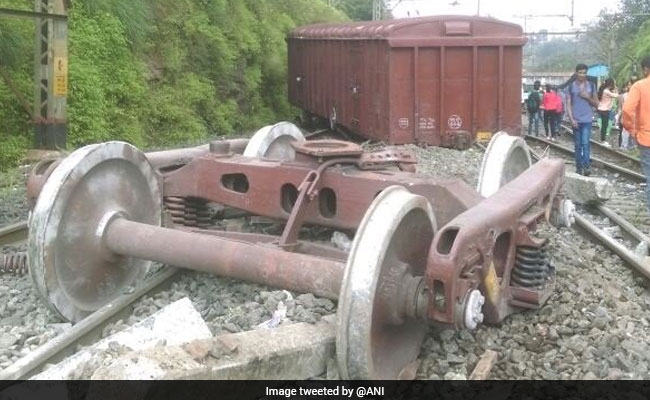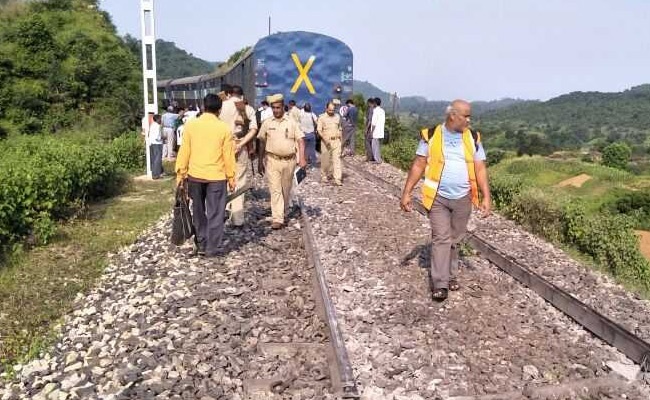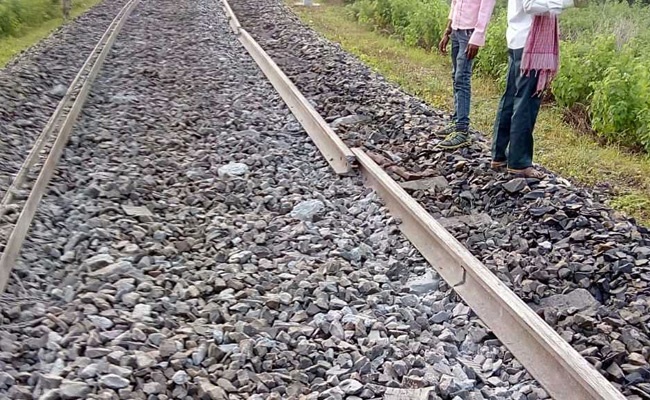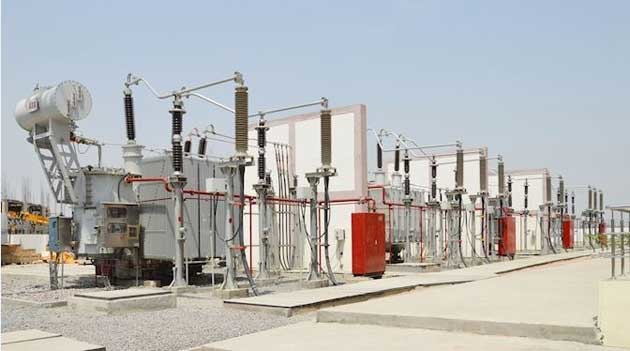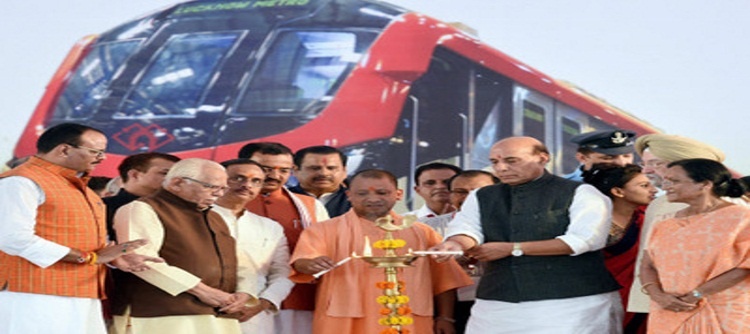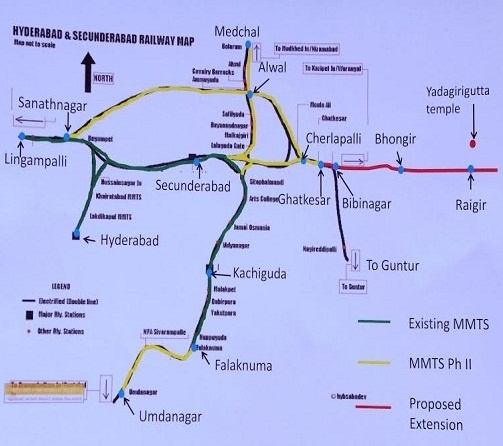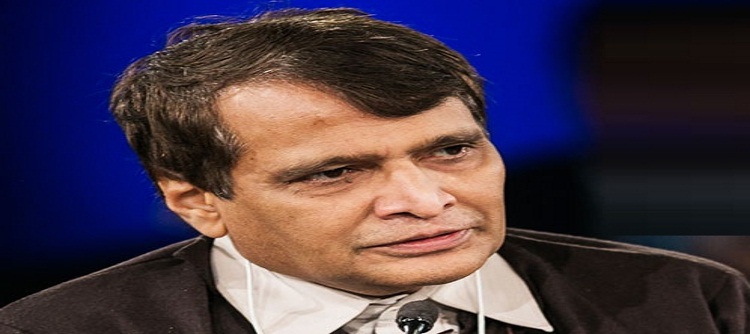
History is proof that governments across party lines have often tried to find the answer to train accidents in the resignation of the railway minister – the latest example of this long practiced phenomena being Suresh Prabhu, former Union Minister of Railways. But for the people of the Northeastern region, the change of ministership of Suresh Prabhu, from Railways to Commerce and industry on September 3 is not a digestive item. Prabhu shall be remembered for delivering what no other Union Railway Minister could – a widened network of rail infrastructure to the people of the region.
In the last three years, the ministry under Prabhu was successful in including five northeastern states – Meghalaya, Arunachal Pradesh, Manipur, Mizoram and Tripura – to the broad gauge (BG) map of the country. As many as 29 new trains were introduced in the region in a span of just one year – 2016 to 2017.
Today, no metre gauge line exists in the northeastern states, thanks to conversion of over 900 kms of track to BG in the last three years. All the states of the region, except Sikkim, are now included in the BG network.
Many of these projects might have started during the UPA, Deve Gowda and Atal Bihari Vajpayee regimes but the ministry under Prabhu gave the much-needed push, thanks to which the projects, including those stranded for years, met completion or are near completion.
Look at Tripura. State capital Agartala saw a metre gauge (MG) track as lately as in October 2008, even though the MG line reached the state’s business hub Dharmanagar from Assam in 1964.
It was also during Prabhu’s term, in August 2016, that Tripura saw a foundation stone laid for the construction of the railway line connecting Agartala to Akhaura in Bangladesh, even though a pact to this effect was signed in January 2010 by the UPA government with the Sheikh Hasina regime.
Work is on in full swing in the 15-km stretch, which will not only be a part of the Trans Asian Railway Network but will substantially shorten the rail distance between Agartala and Kolkata via Bangladesh – from the present 1,590 kms to 499 kms.
This rail link will connect Agartala to Ashuganj river port, via Akhaura, about 54 kms away. As per news reports quoting North Eastern Frontier Railway officials, the project is likely to be completed before the year turns.
Besides, the 114 km BG track from Silchar in Assam to Agartala and thereafter to the border town of Sabroom, from where the Chittagong port of Bangladesh is merely 75 kms away, is likely to completed by March 2019. Already, the track has reached Udaipur town of Tripura. The Silchar-Udaipur track has been operational since January 2017.
Thanks to the gauge conversion of the Silchar stretch, there are now three new BG trains from the Barak Valley of Assam, including Poorvottar Sampark Kranti Express, a direct train from Silchar to New Delhi, a decades-old demand of the people of that valley.
The other two trains, flagged off by Prabhu in February 2016, were the first freight trains from Badarpur in Assam to Jirania in Agartala, and to Jiribam in Manipur.
While the freight train from Badarpur to Jiribam helped include Manipur in the BG network, the one to Jirania came at a time when NH 8, Tripura’s only road route to the rest of India through Assam, was in shambles, thus leading to a crisis situation as hundreds of trucks remained stranded on it for months together. The goods train helped cart essential stuff to the state.
Work is presently on the 84 km long Jiribam-Tupul section of the railway project in Manipur and likely finish by 2018. Thereafter, the link will stretch to state capital Imphal. Though this project to lay railway track to Imphal began in 2004, barely 20% of the work was reportedly completed till 2014. Media reports say survey is on also to lay a railway line from Imphal to Moreh, a business town bordering Myanmar.
The railway ministry has also sanctioned reconnaissance engineering-cum-traffic survey for eight new lines in the state for a total length of about 625 km.
While Nagaland has been a part of the BG network since 1997 after the MG track in Dimapur was converted, in August 2016, Prabhu laid the foundation stone in the town to extend the track for another 88 kms to reach Zubza, situated 16 km from the state capital Kohima.
Though Sikkim is the only northeastern state to not have rail connectivity yet, there is now progress in the project to link Sevok in West Bengal to Rangpo, a stretch of 44 kms, after the Supreme Court gave a go ahead to it last year. Though the foundation stone for the project was laid by the then vice president Hamid Ansari in 2009, it ran into legal trouble due to environmental concerns as the line would pass by Mahananda elephant sanctuary.
In coming times, this railway line is likely to reach Nathu-La on the India-China border.
Quite a few times during his visit to the region, the former railway minister had reiterated to the media that all the capitals of the northeastern states would have rail connectivity with the national capital by 2020. Hope the new railway minister Piyush Goyal fulfils this unfinished agenda. For clearly, New Delhi needs to continue this ‘Act’ in the northeast, for the region to be truly able to play its part to make real the ambitious policy of the Modi government – Act East.
